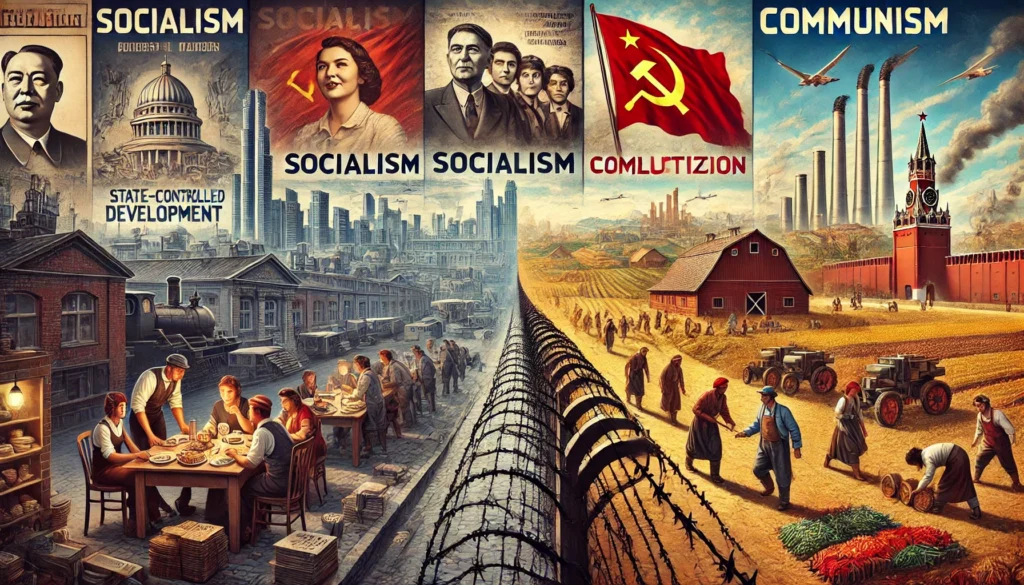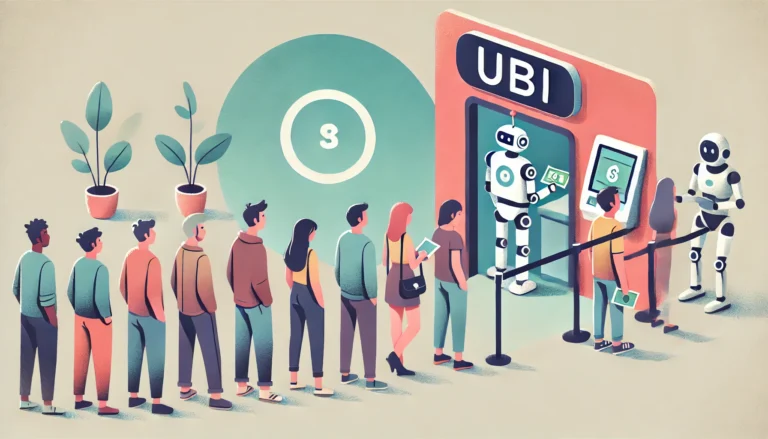What is the Difference Between Socialism and Communism?

Understanding the distinction between socialism and communism is essential for grasping the nuances of political and economic theories that have shaped the modern world. While both ideologies aim to address economic inequality and promote social welfare, their approaches, principles, and implementations differ significantly. This article explores the core differences between socialism and communism, their historical contexts, and their practical implications.
Defining Socialism and Communism
Socialism
Socialism is an economic and political system where the means of production, such as factories, offices, and resources, are owned or regulated by the community as a whole, usually through a democratically elected government. The primary goal of socialism is to achieve a more equitable distribution of wealth and resources, ensuring that all members of society have access to basic necessities like education, healthcare, and housing.
Key characteristics of socialism include:
- Public or cooperative ownership of the means of production.
- Economic planning to allocate resources and distribute wealth more equally.
- Democratic control and management of industries and services.
- Emphasis on social welfare and reducing economic disparities.
Communism
Communism, as envisioned by Karl Marx and Friedrich Engels, is a more radical and revolutionary ideology that seeks to establish a classless, stateless society where all property is communally owned. In a communist system, the government controls all aspects of economic production and distribution, aiming to eliminate private property and economic inequalities entirely.
Key characteristics of communism include:
- Abolition of private property.
- Collective ownership of all resources and means of production.
- Centralized economic planning and state control.
- Distribution of goods and services based on individual needs.
- The ultimate goal of a stateless, classless society.
Historical Context and Development
Origins of Socialism
Socialism emerged in the early 19th century as a response to the social and economic changes brought about by the Industrial Revolution. The extreme wealth disparities and harsh working conditions experienced by factory workers led thinkers like Henri de Saint-Simon, Robert Owen, and Charles Fourier to propose alternative models based on cooperation and community rather than competition.
Origins of Communism
Communism, on the other hand, developed as a more radical offshoot of socialist thought. Karl Marx and Friedrich Engels articulated the principles of communism in “The Communist Manifesto” published in 1848. They argued that all history is a history of class struggles and that the proletariat (working class) would inevitably overthrow the bourgeoisie (capitalist class) to establish a classless society.
Key Differences Between Socialism and Communism
Ownership and Control
- Socialism: Allows for some private property and individual ownership, but major industries and resources are owned or regulated by the state. The government manages the economy to ensure fair distribution and prevent exploitation.
- Communism: Seeks to abolish all private property. All property is communally owned, and the state controls all aspects of economic production and distribution to achieve complete equality.
Economic Planning and Distribution
- Socialism: Utilizes democratic planning and regulation to manage the economy. Distribution of wealth is based on individual contribution and needs, aiming to reduce economic inequality without eliminating personal ownership.
- Communism: Employs centralized planning with the state determining production and distribution. Resources are distributed based on individual needs, with the goal of achieving a classless society where everyone has equal access to goods and services.
Means of Achieving the System
- Socialism: Advocates for gradual and democratic reforms within the existing political framework. Socialists seek to implement changes through elections, legislation, and democratic processes.
- Communism: Typically involves a revolutionary overthrow of the existing government and economic system. Communists believe that a violent revolution led by the working class is necessary to dismantle the capitalist system and establish a communist society.
Political Structure
- Socialism: Supports democratic governance and political pluralism. Socialist countries often have multiple political parties and regular elections, ensuring that the government is accountable to the people.
- Communism: Envisions a stateless and classless society where the state eventually “withers away.” In practice, however, communist regimes have often resulted in single-party rule with centralized control over all aspects of life.
Socialism and Communism in Practice
Examples of Socialist Policies and Countries
Many countries have adopted socialist policies or elements of socialism within their political and economic systems. These include:
- Scandinavian Countries: Nations like Sweden, Denmark, and Norway implement social democratic policies, combining a robust welfare state with a capitalist economy. These countries offer extensive social services, such as universal healthcare and free education, funded by high taxes.
- United Kingdom: The Labour Party has historically promoted socialist policies, including the nationalization of key industries and the establishment of the National Health Service (NHS).
Examples of Communist States
Historically, several countries have attempted to implement communism, often with mixed results:
- Soviet Union: The world’s first communist state, established after the Russian Revolution of 1917. The Soviet Union implemented centralized planning and state control over all aspects of the economy, but faced significant challenges, including economic inefficiencies and political repression.
- China: Under the leadership of Mao Zedong, China pursued a communist path, focusing on collective ownership and central planning. In recent decades, China has incorporated market reforms, creating a unique blend of socialism and capitalism.
Challenges and Criticisms
Socialism
While socialism aims to reduce inequality and promote social welfare, it faces several challenges:
- Economic Efficiency: Critics argue that excessive government control can lead to inefficiencies and stifle innovation. Without the profit motive, there may be less incentive for businesses to improve productivity and efficiency.
- Political Risks: In some cases, socialist policies have led to excessive government intervention and bureaucracy, which can limit individual freedoms and economic growth.
Communism
Communism, in practice, has faced even greater challenges and criticisms:
- Economic Collapse: Many communist states have struggled with economic inefficiencies, leading to shortages of goods and services. The lack of market signals and competition often results in poor allocation of resources.
- Political Repression: Communist regimes have often resorted to authoritarian measures to maintain control, leading to human rights abuses and limited political freedoms. The concentration of power in a single party can result in corruption and lack of accountability.
Conclusion
Understanding the difference between socialism and communism is crucial for navigating contemporary political and economic debates. While both ideologies seek to address economic inequality and promote social welfare, their approaches and implementations differ significantly. Socialism advocates for democratic reforms and public ownership within a capitalist framework, while communism calls for a revolutionary overthrow of the capitalist system to establish a classless, stateless society. Each system has its own set of challenges and criticisms, highlighting the complexity of achieving economic and social justice in the modern world.
References
- How Are Socialism and Communism Different? – History.com
- Communism vs. Socialism: What’s the Difference? – Investopedia
- Socialism: An Economic and Sociopolitical System – Investopedia
- Karl Marx and Friedrich Engels: The Communist Manifesto – Marxists.org
- The Rise and Fall of Communism – Britannica
- Communism – Definition, Characteristics, Examples – ThoughtCo
- Social Democracy – Britannica
- Socialism and Its Characteristics – The Balance
- The History of Socialism – History.com
- Understanding Communism – Investopedia
- Socialism in the 21st Century – The Guardian
- Communist States and Their Characteristics – Britannica
- Economic Theories: Capitalism, Socialism, Communism – Britannica








